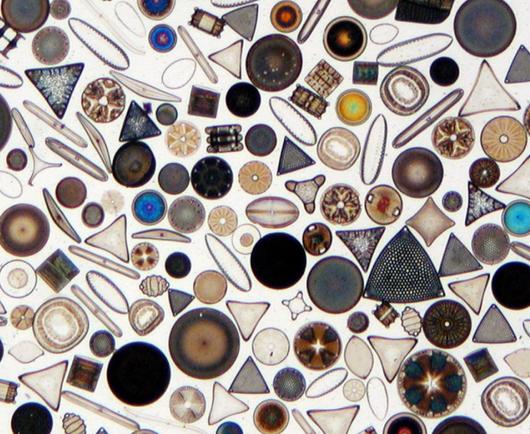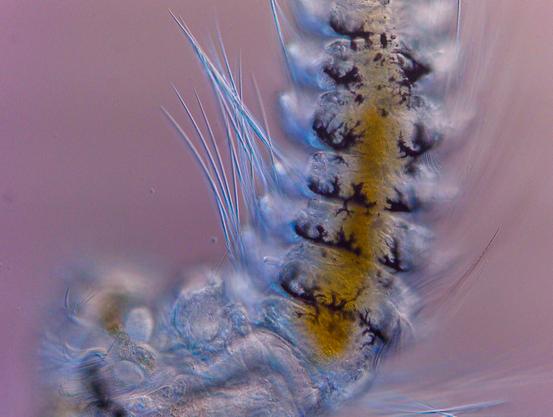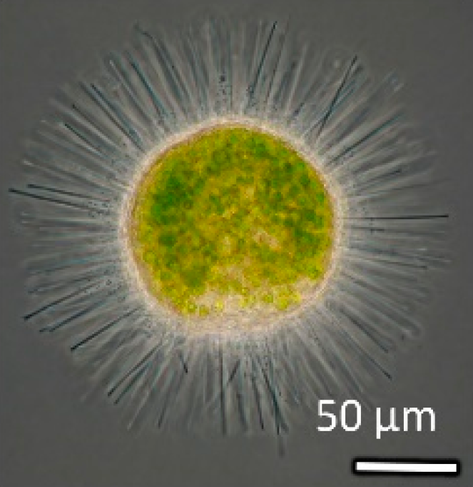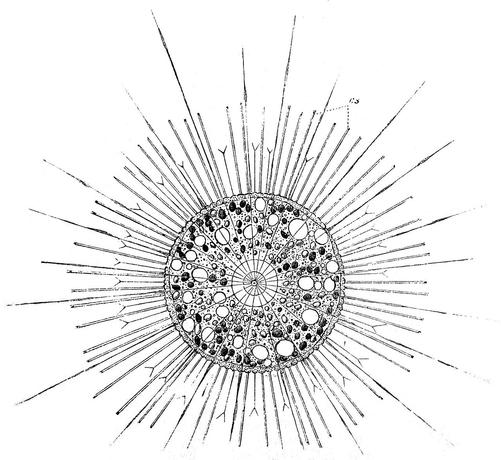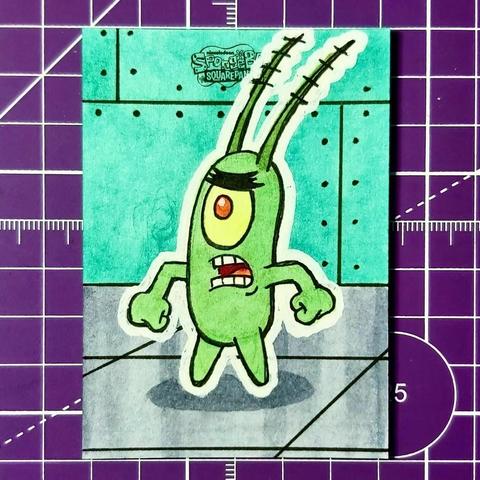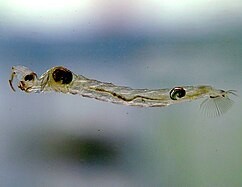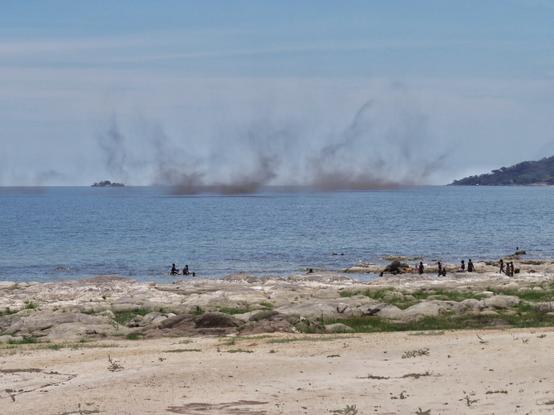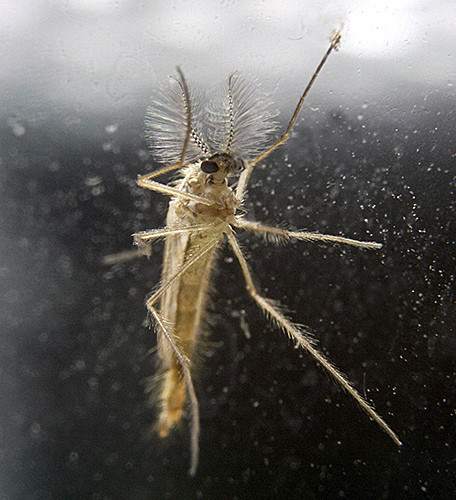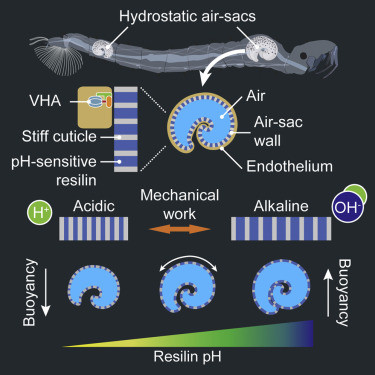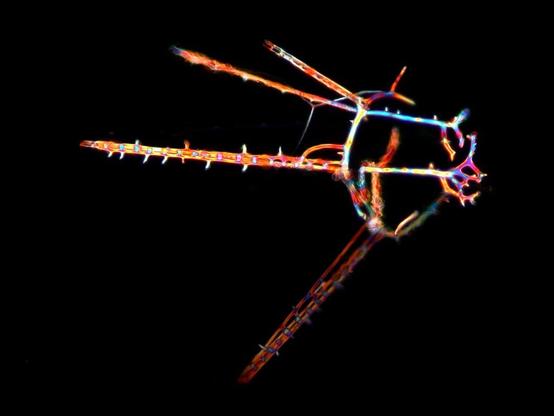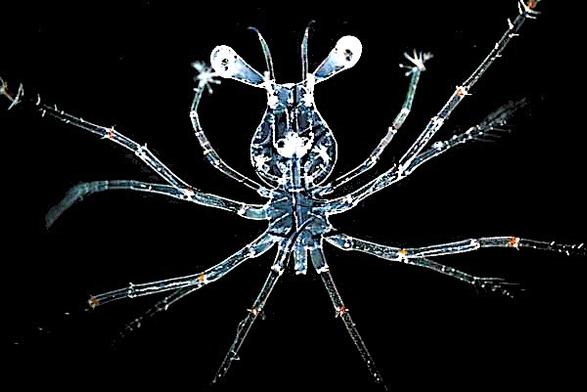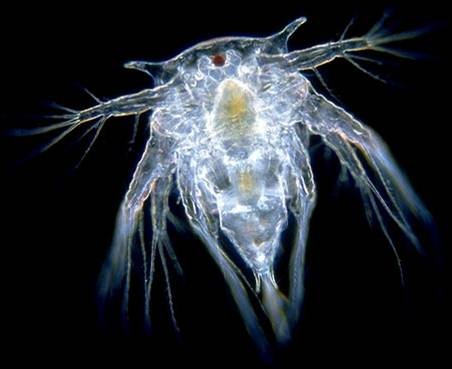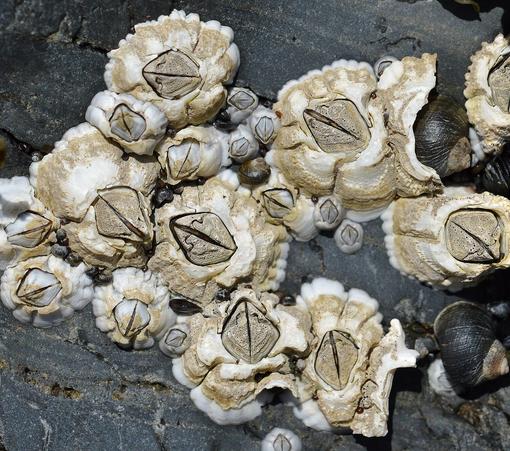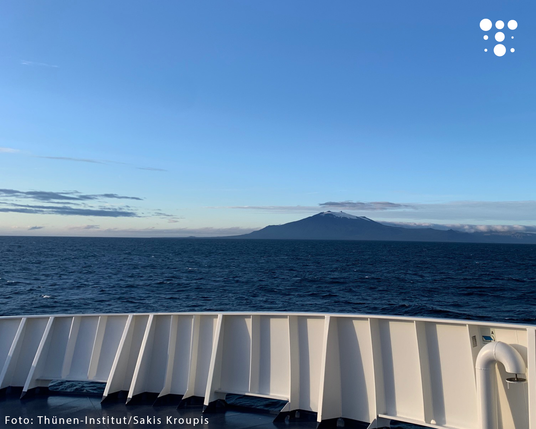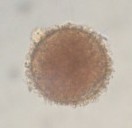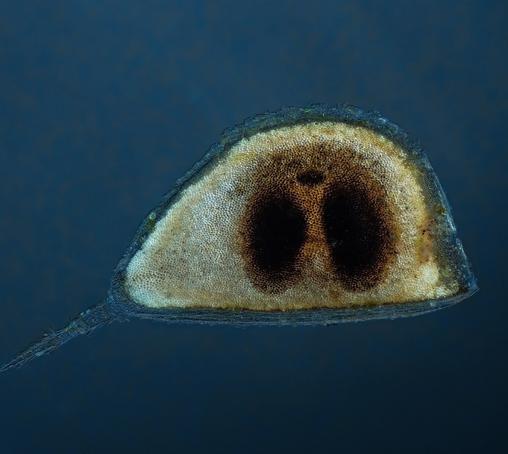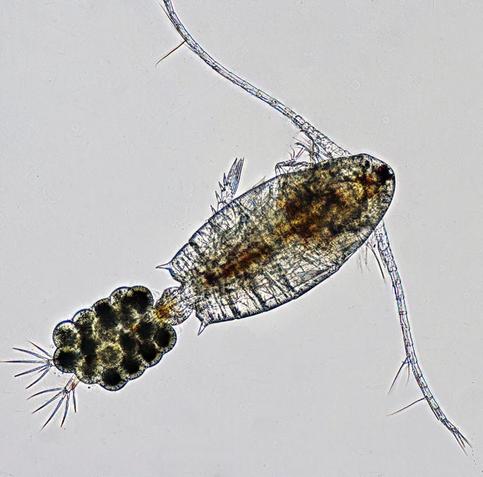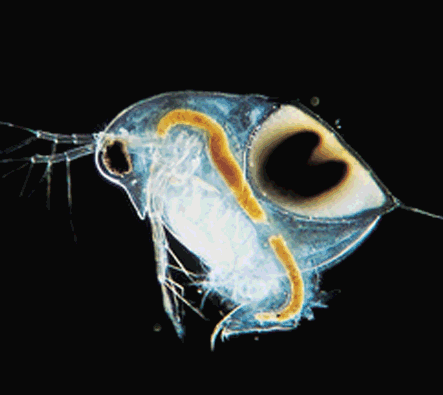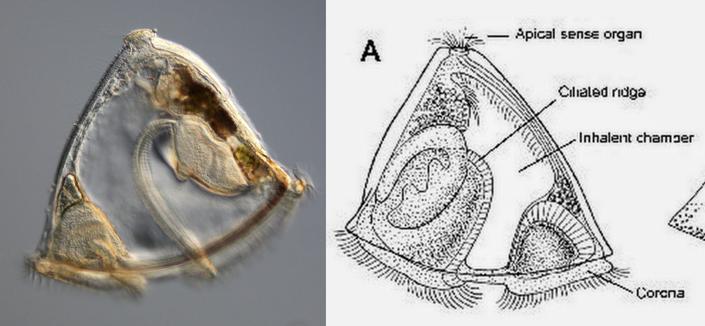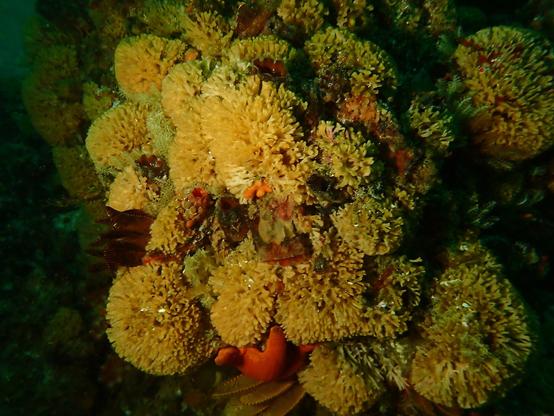#Plankton lebt echt hinter'm Mond…
#plankton
Valtamerten väri haalistuu – ilmiöllä valtava vaikutus maapallon tulevaisuuteen https://yle.fi/a/74-20189114?origin=rss/Mastodon
Weekend #Plankton Factoid 🦠🦐
You've likely watched a police procedural where the lab states the drowning was suspicious because of algae. The shells of diatoms have long been used in forensic #limnology because they are made of glass, so preserve very well. #Diatoms are very diverse and can be indicative of specific conditions in waterbodies, though unlike on TV, we scientists don't have a database of detailed locations to immediately identify a murder site. 🥼
#science
https://simplyforensic.com/how-do-diatoms-aid-forensic-science-in-solving-a-crime/
Plankton sketch card for Topps Chrome 2025 Spongebob Squarepants 25th Anniversary. Now available in stores!
#spongebobsquarepants #plankton #cartoon #Topps #toppschrome #nickelodeon #sketchcard #sketchcards #toppstradingcards #toppscards #tradingcard #tradingcards #fanart #art #artwork #drawing #traditionalart #ink
If anyone on here knows how to ID polychaete larva, I’d love to work with you on getting to the species level on these worms I always find in Boston harbor. I could provide a ton of photos, if I knew what to image for an ID. I know they are spionid but that’s it. #sciart #microscopy #plankton
Polychaete larva cilia currents in timelapse. #sciart #microscopy #plankton
Weekend #Plankton Factoid 🦠🦐
Heliozoans are a group of amoeboid protists found commonly in both fresh and saltwater. They were termed sun-animalcules due to their spherical shape and distinctive radiating microtubules, which support axiopods used to capture food and facilitate movement. Some will also capture symbiotic algal cells which provide energy through photosynthesis. Heliozoa is "polyphyletic", meaning it is an artificial grouping of multiple taxonomic lines.
#Science #Biology
10-Oct-2025
Tiny architects, titanic #climate impact: scientists call for October 10 to become #InternationalCoccolithophoreDay
Microscopic #plankton that regulate Earth’s climate and sustain ocean ecosystems take center stage in a new awareness campaign
https://www.eurekalert.org/news-releases/1101119
#science #Coccolithophores #ecology #microbiology #MarineBiology
Creatures buried in soil for over a century burst back to life in Toronto waterfront
A project to restore coastal #wetland leads to astonishing discoveries of a host of life: seeds and plant scraps, as well as water fleas, #worms, #larvae and #plankton
https://www.theguardian.com/world/2025/oct/09/toronto-waterfront-soil-plants-worms
#142holdheap #nature #ecology #Environment #WildLife #Plants #ecosystem #peat #marsh
Plankton sketch card for Topps Chrome 2025 Spongebob Squarepants 25th Anniversary. Now available in stores!
#spongebobsquarepants #plankton #cartoon #Topps #toppschrome #nickelodeon #sketchcard #sketchcards #toppstradingcards #toppscards #tradingcard #tradingcards #fanart #art #artwork #drawing #traditionalart #ink
Weekend #Plankton Factoid 🦠🦐
While crustaceans are common as #zooplankton, insects are very rare, but one group is found globally in freshwaters. Chaoborus (phantom midge or glassworm) spend the majority of their life as predaceous plankton, but are familiar to many when the adults emerge lakes in great swarms to mate and lay eggs. They control buoyancy using two airsacs, which only recently were found to be volume adjusted by shifting the pH of resilin bands. Acid sinks, base rises.
#science
Calcareous skeleton of a pluteus larva
Calcareous skeleton under polarized light from a pluteus larva of the sea biscuit Clypeaster subdepressus.—
URL: https://brunovellutini.com/posts/calcareous-skeleton-pluteus-larva/
#clypeasterSubdepressus #echinodermata #image #invertebrate #larva #msc #plankton #seaBiscuit
A Sea Biscuit’s Life
My video about the life cycle of a sea biscuit is now online!
https://www.youtube.com/watch?v=KeIvSE5S2yQ
The video is also available on Vimeo. Learn more at: https://msc.brunovellutini.com/
—
URL: https://brunovellutini.com/posts/a-sea-biscuits-life/
#clypeasterSubdepressus #embryo #larva #lifeCycle #marineBiology #plankton #reproduction #seaBiscuit #video
Weekend #Plankton Factoid 🦠🦐
This is the phyllosoma larva of a Spiny "Rock" Lobster, which can spend as much as a year drifting in the plankton.
#MarineBiology #science
Weekend #Plankton Factoid 🦠🦐
Meroplankton is a grouping of "temporary zooplankton" that only spend a portion of their life cycle there. One example is the nauplius larvae of barnacles. Though they don't look like it, barnacles are crustaceans, so they have nauplius stage for dispersal. They have very distinctive "horns" and are extremely common in plankton samples, which is why so many marine structures have barnacles attached to them.
#science #biology
#Fischbestände, #Plankton, #Klimawandel: Vor Grönlands Küsten startet eine ungewöhnliche #Forschungsreise. Erstmals rücken Ost- und Südwestgrönland in den Fokus.
Die Daten, die die Wissenschaftler*innen dabei erfassen, könnten für die Zukunft der #Fischerei entscheidend sein.
Zum #Seetagebuch:
https://t1p.de/thuenen_WH490
I’m a day late for #fluorescencefriday but I had a blast at MIT museum ‘performing’ with live improvised sound by Dr. Senem Pirler. Vid shows fluorescence microscopy of the Charles river, note all the cyanobacteria. #sciart #plankton
Weekend #Plankton Factoid 🦠🦐
An interesting survival mechanism of zooplankton is the production of resistant resting or diapause eggs. Calanoid and harpacticoid copepods, rotifers, and cladocerans (as ephippia) do this when conditions are poor due to overcrowding, predation, drought, or water quality. These eggs can hatch after decades or even centuries in an egg bank. This helps to explain the persistence, widespread species distribution, and high diversity of zooplankton.
#science #biology
Weekend #Plankton Factoid 🦠🦐
Many sessile marine organisms produce planktonic larvae for dispersal. This is true of the Bryozoa ("moss animals") in both freshwater and saltwater, which are often mistaken for sponges or corals. Larvae widely range in shape and lifestyle, but some larvae called cyphonautes can spend weeks feeding in the plankton. They are a distinctly flattened triangle shape, using ridges of cilia for locomotion, creating feeding currents and sieving particles.
#Science #Ecology
#Plankton hat recht:
#beats Kopfhörer sind shice und alles jeseits eine #Omega #Seamaster300M ist einfach nur noch prolliger shice.
